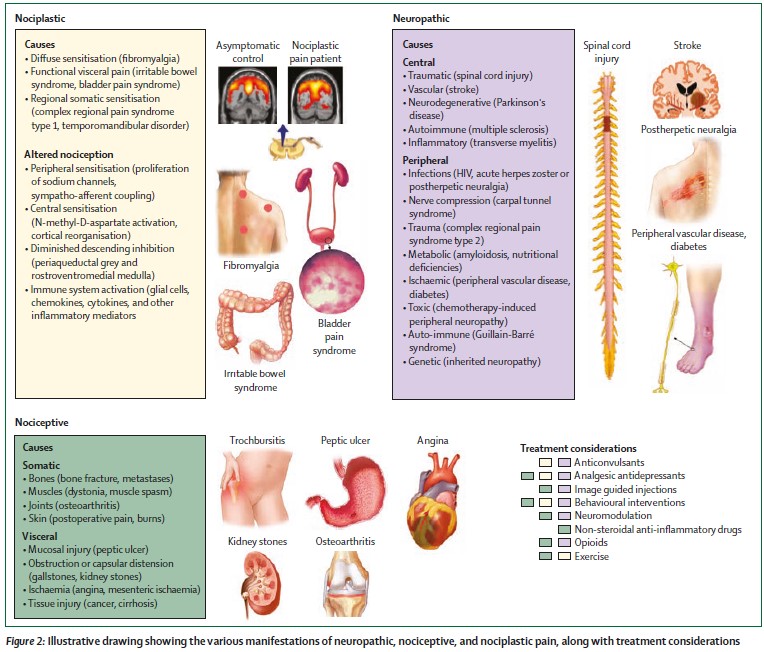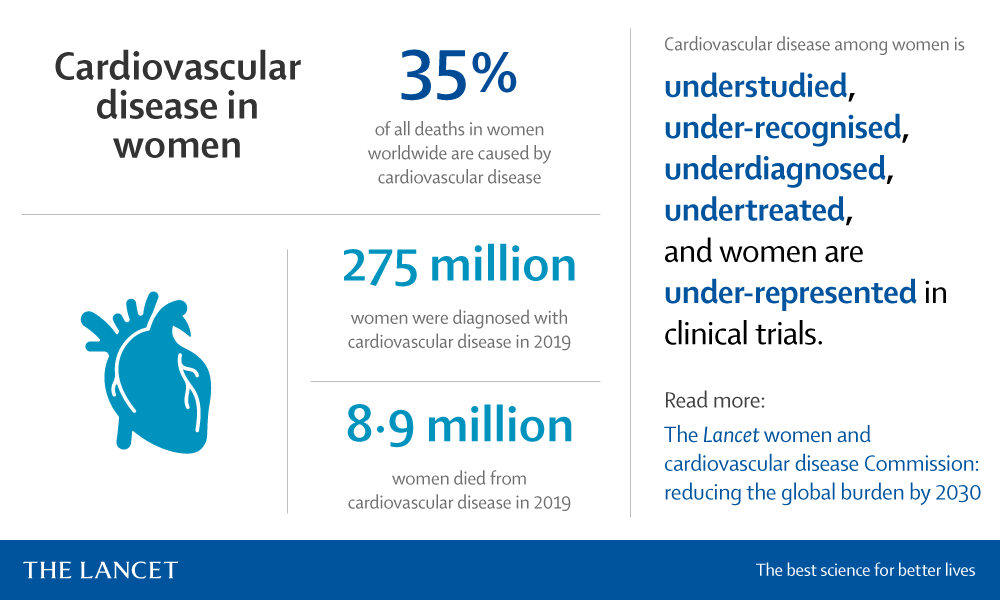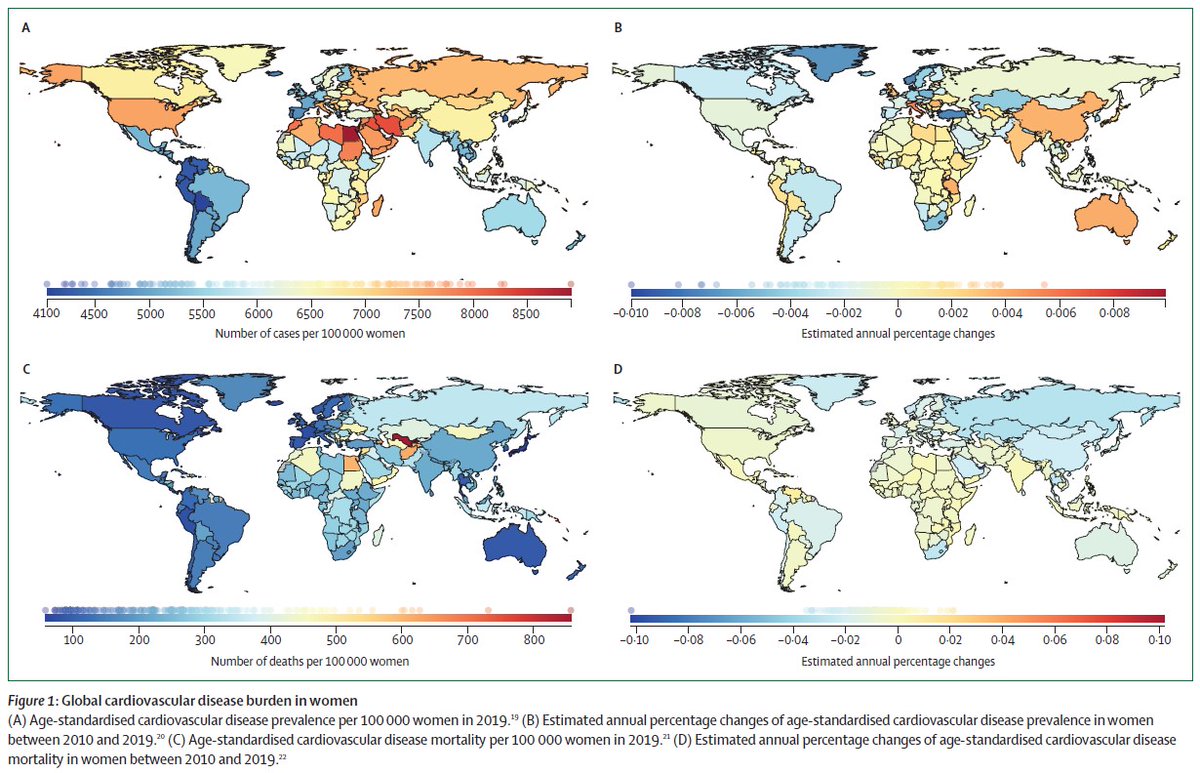
There are some 26.3 million refugees worldwide today.
On #WorldRefugeeDay, the Lancet journals highlight the health insecurity and inequities refugees face, exacerbated by the #COVID19 pandemic ⬇️
#WithRefugees
On #WorldRefugeeDay, the Lancet journals highlight the health insecurity and inequities refugees face, exacerbated by the #COVID19 pandemic ⬇️
#WithRefugees

Applications for asylum and resettlement disrupted, blamed for spreading #COVID19, and inequitable #vaccine access.
Under the 1951 Refugee Convention, refugees are entitled to certain protections—our Editorial questions whether these are being upheld. hubs.li/H0QDCzT0
Under the 1951 Refugee Convention, refugees are entitled to certain protections—our Editorial questions whether these are being upheld. hubs.li/H0QDCzT0
Failure to address migrant and refugee health as an essential component of health systems leaves everyone at greater risk of severe health, economic and social impacts when the next pandemic strikes.
Read the Commentary in @EClinicalMed: hubs.li/H0QDCwy0 #WorldRefugeeDay
Read the Commentary in @EClinicalMed: hubs.li/H0QDCwy0 #WorldRefugeeDay
Lacking doses to vaccinate its own citizens, the risk of failing to ensure equitable #vaccine access for Lebanon's 1.7 million refugees presents an impending public health crisis.
@nadinejawad10 et al. exemplify the health inequities refugees often face. hubs.li/H0QDCxz0
@nadinejawad10 et al. exemplify the health inequities refugees often face. hubs.li/H0QDCxz0
Using the lens of health, the 2018 @ucl-@TheLancet #LancetMigration Commission demonstrates how migration policies can be ethical and feasible—and calls on governments to promote health for migrants and #refugees.
Read hubs.li/H0QDCC70. #WorldRefugeeDay
Read hubs.li/H0QDCC70. #WorldRefugeeDay

• • •
Missing some Tweet in this thread? You can try to
force a refresh





















